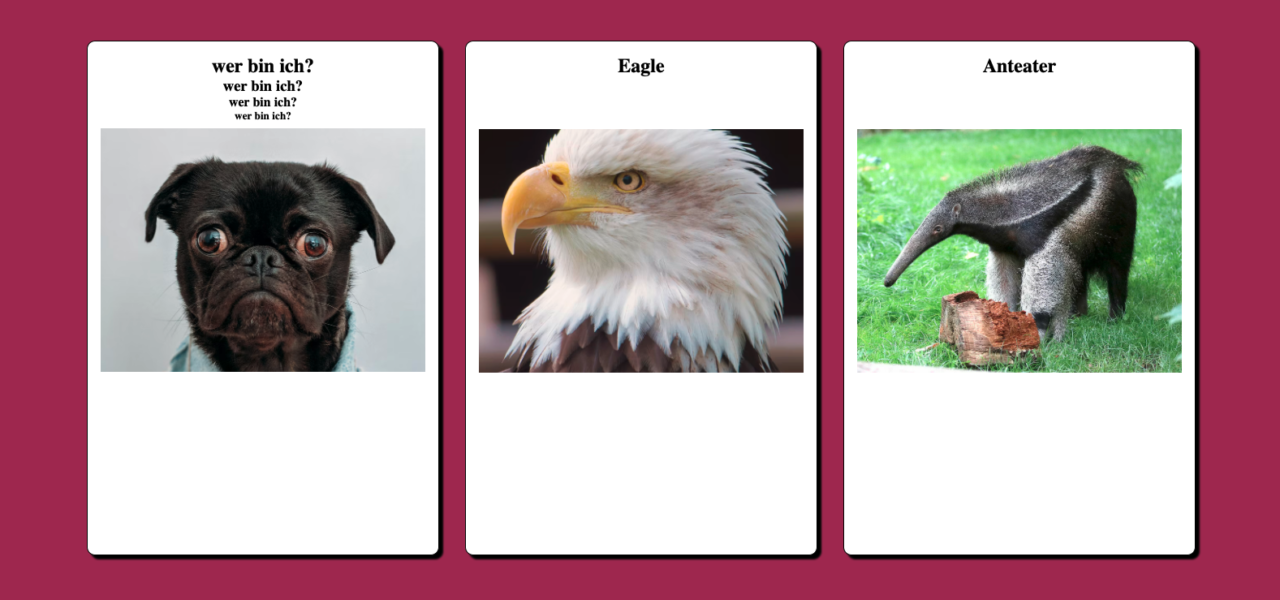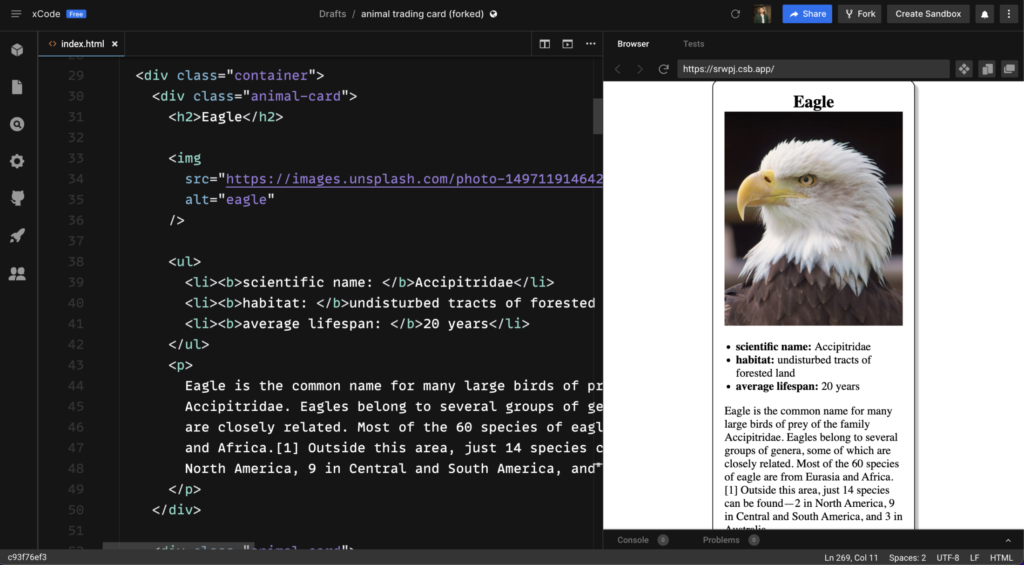
Eating our own dogfood – our idea for T-shaped skills
In our agile trainings and projects, we like to talk about T-shaped skills (combination of strengths and skills of a generalist and as well as a specialist) and cross-functional teams to create effective teamwork. It is always easy to talk about this – but it is often difficult to apply it in the end. For this reason, we would like to describe an example of how we foster T-shaped skills at launchlabs, so that the entire team has a general broad knowledge and new skills in addition to the deep expert knowledge. For this, we interviewed Steffen and Jana. Steffen was hired as the first Web Developer at launchlabs in September 2021 and offered a Basic Programming course for facilitators for the first time. Jana was there as a participant and they both talk about their experiences, challenges and lessons they have learned.
Interview with Steffen
Steffen, what was first impulse to give a coding workshop for facilitators.
One of the main reasons why I brought up the topic of a programming course was a very mundane one. A colleague of mine asked me: “What is it that you do all day?” After giving her a glimpse into my day-to-day work, I had to remind myself again how I got into programming and how, after the first few courses and tutorials, some light fell on this black box of web development. I had never experienced this interplay of success and frustration to the same degree, but thought to myself that this can be a very educational experience for all people, regardless of their background.
What were the challenges in the conception of the course?
One of the challenges was to design a training where all participants feel challenged. In addition, the topic of designing courses was a completely new one for me. I had never led/designed a course myself before and felt a little pressure to teach my relatively new skill set – programming.
What was particularly important to you in the conception?
To design a task where you can quickly apply what you have learned and see results. The level of difficulty also played a big role, as I wanted to convey to everyone that programming can be fun. In addition, it was important to me to keep the preparation time to participate in the course as low as possible, because I wanted to keep the threshold for the first step very low. Furthermore, I designed the assignment given during the course in a way that we were able to work on smaller subtasks at the same point in time, so that we were always on the same level, and solved blockers together.
What can you take away for yourself and for your everyday life as a web developer?
The approach to express complex topics or problems in a way that everyone understands. I believe this is also a good thing to keep in mind generally in software development, because the best code is the one that most can understand and not the one that is shortest.

Interview with Jana
Jana, what was your first reaction to the invitation to the programming course?
There were several different thoughts in my head. On the one hand, I felt great joy and curiosity about a totally unknown and new topic for me. On the other hand, I was very excited to dive into the daily business of Steffen. We all use numerous digital products a day and go on websites and apps to manage our daily work or to organize our free time. However, only very few people know what lies behind the digital world.
Did you have expectation for the programming course?
Yes and no. For me, it was about developing an understanding of programming, not only to better understand Steffen’s situation, but also to empathize with the challenges of our customers who also work in the field. The Agile Manifesto was written in 2001 by 17 software developers. So from my point of view, it makes total sense to understand more about the world from which Agile originated. On the other hand, though, I didn’t have specific expectations regarding what I wanted to learn or how I wanted to learn it. I was really looking forward to attending a small learning session that I would probably be surprised by in terms of content as well as methodology.
How did you feel during the course?
You could tell right from the start that Steffen had come up with a coherent structure and moderation that not only suited him very well, but also the content. His overriding motto was: “With a quick sense of achievement to success”. Without knowing it, Steffen applied exactly the learning didactics that we also use for our trainings – intro, practice, input. Through his detailed explanations, with constant quality checks, we didn’t lose anyone from the group during the course. The entire team started with a childlike curiosity and we all couldn’t wait to look at our newly programmed websites. The evolving website with our individual content not only led to feelings of happiness during the learning journey, but also showed us that we are really creating something here.
What was your takeaway from this session for your everyday life as a facilitator?
A lot! As mentioned in the beginning, it helped me to create a better understanding of web development and also become a big fan of this clear structure and language. I also really enjoyed the learning experience itself. As an Agile Coach and Innovation Consultant, I learn something new every day, but rarely do I come away with such a childlike curiosity. I would like to transfer this curiosity to my daily work as well – where can I learn and teach new topics in a playful way? Seriousness is all well and good, but when it comes to the sustainable absorption and processing of information, I would like to go back to playful elements in the future to not miss out on the fun and enjoyment.
The second point that I take away is to show results. In the programming course, we “refreshed” our website after each smaller task and were able to quickly and easily check the results and compared it to Steffen’s example page. This is another point that I would like to use more often in my trainings and projects. This could be right at the beginning of a training/project by asking the team: “When would the training/project be successful for you and how can this success criterion be measured?”. As you can see, I learned much more than expected and besides the first basics in the programming language, I was also able to take away insights for my daily doing with the customer.
Our conclusion
Our answer to T-shaped skills is not a page-long strategy. We focus on mutual interest, the space for creative freedom and the ability to inspire others. Steffen and Jana have not only developed an understanding for the other role, but have contained valuable impulses that they can use in their daily work.